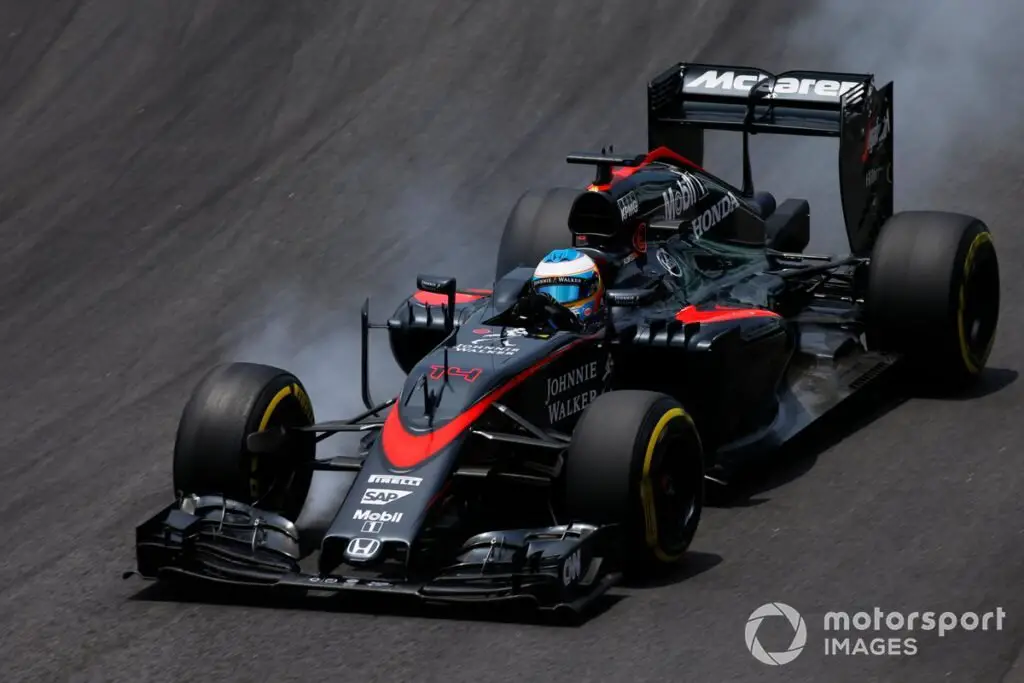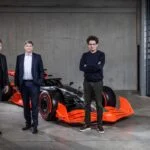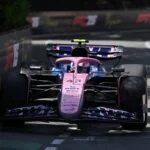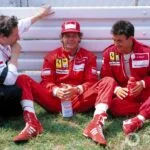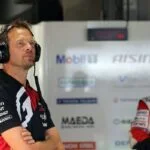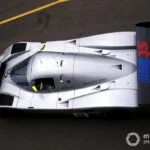Honoring a Successful Partnership: Red Bull and Honda at the Japanese Grand Prix
This weekend, the Japanese Grand Prix will serve as a grand farewell for the successful partnership between Red Bull Racing and Honda. Despite a challenging start to the 2025 season, both parties will celebrate their achievements before parting ways next year.
Marking Six Decades of Victory: A Tribute Livery for RB21
The RB21 will don a special one-off tribute livery, adorned in Japan’s iconic red and white colors, to commemorate Honda’s 60th anniversary since Richie Ginther’s first grand prix win at the 1965 Mexican Grand Prix. With Yuki Tsunoda now a part of the team, Honda also boasts a homegrown driver in one of the seats.
As we bid adieu to this historic partnership, we reflect on Honda’s journey from humiliation to redemption, particularly its transformation from a disastrous collaboration with McLaren to two constructors’ titles with Red Bull and four driver crowns with Max Verstappen.
A Rocky Start: Honda’s Reunion with F1 in 2015
Honda re-entered Formula 1 as a manufacturer in 2015, just before the full implementation of hybrid regulations. However, its much-anticipated return was marred by technical and cultural issues, leading to an unmitigated disaster with McLaren.
The brand’s power unit faced numerous problems regarding power delivery and reliability, necessitating a complete rethink of the engine’s architecture for subsequent seasons. The Japanese Grand Prix in 2015 marked Honda’s biggest humiliation when Fernando Alonso labeled its power unit a “GP2 engine” over the team radio after Max Verstappen passed him on the straight.
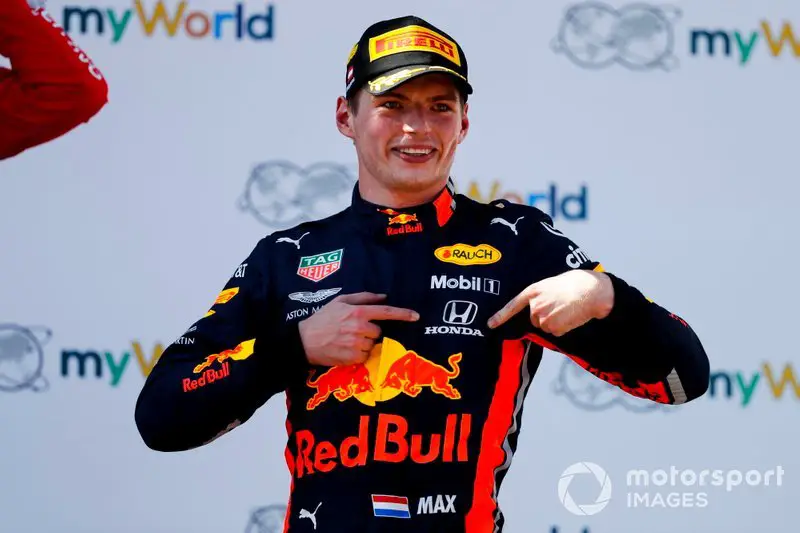
From Disaster to Redemption: Red Bull’s Decision to Partner with Honda
Despite initial struggles, Red Bull saw potential in Honda and decided to switch to the manufacturer in 2018, first with Toro Rosso and subsequently with the main team the following year. This move raised eyebrows in the paddock, but Red Bull’s Christian Horner believed that Honda was making progress on both performance and reliability.
The partnership between Red Bull and Honda proved fruitful, with Verstappen securing a podium finish in the opening 2019 Australian Grand Prix and later claiming Honda’s first F1 victory since the 2006 Hungarian Grand Prix triumph with Jenson Button.
A Proud Partnership: The Role of Yuki Tsunoda
Speaking to Motorsport.com last year, Honda HRC president Koji Watanabe shared his fondest memory of the partnership – Verstappen pointing at the Honda logo on the podium in Austria at the Red Bull Ring. This gesture, Watanabe said, was a special moment for him and demonstrated the strong relationship between the two parties.
Despite Honda’s decision to leave F1 after 2021 due to costs related to the COVID-19 pandemic, it agreed to continue supplying engines to both Red Bull teams under the HRC label. This commitment was rewarded with two manufacturers titles in 2022 and 2023, even if the team’s Japanese-built engines officially ran under the Red Bull Powertrains label.
A Homegrown Driver’s Dream: Yuki Tsunoda’s Debut
In a historic move, Red Bull has swapped Liam Lawson and Tsunoda just before this weekend’s Suzuka race, increasing the pressure on the Japanese driver but also adding to Honda’s appeal. The brand is understood to have upped its financial commitment for this final chapter of their partnership.
Honda’s U-turn on leaving F1 came too late to salvage its Red Bull partnership, with the brand heading to the ambitious Aston Martin project instead. However, 10 years on from that dreaded “GP2” humiliation, Honda can finally say it has come full circle.

